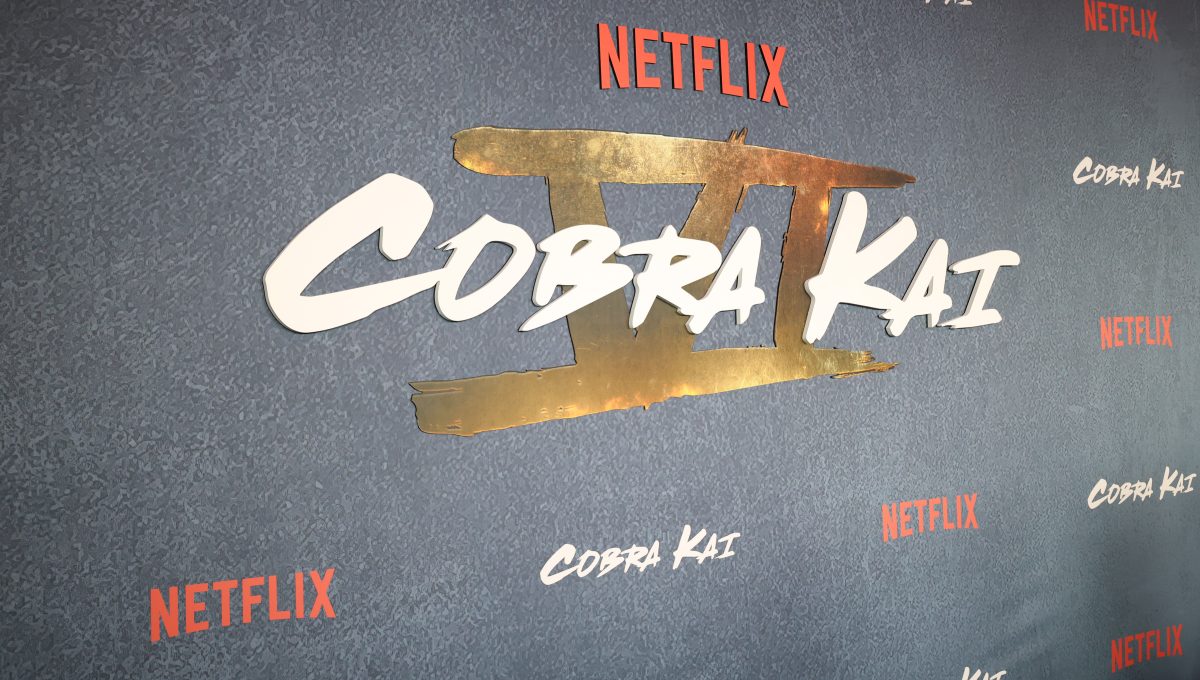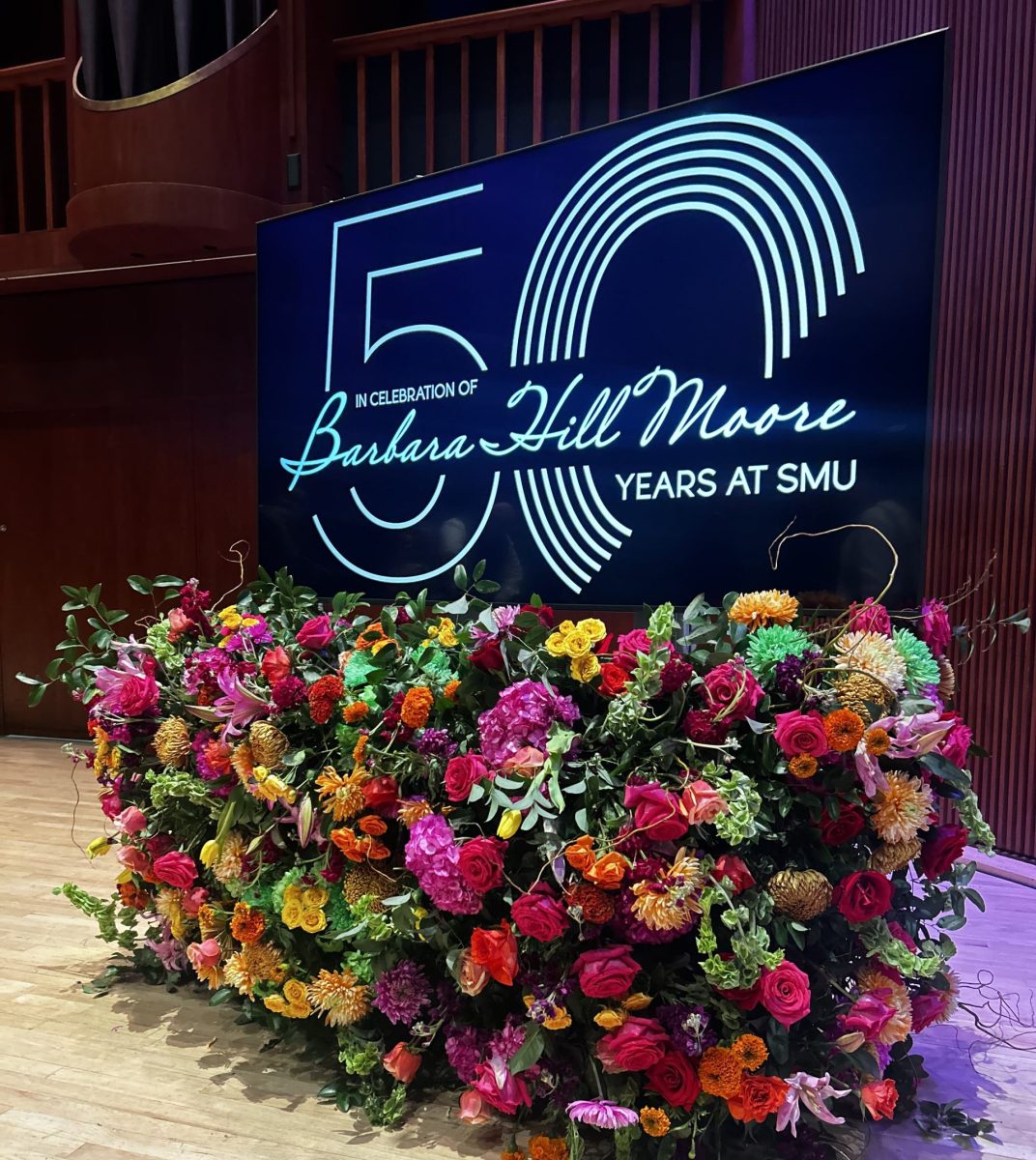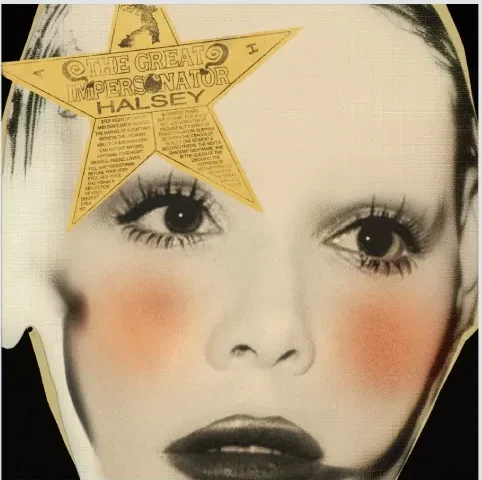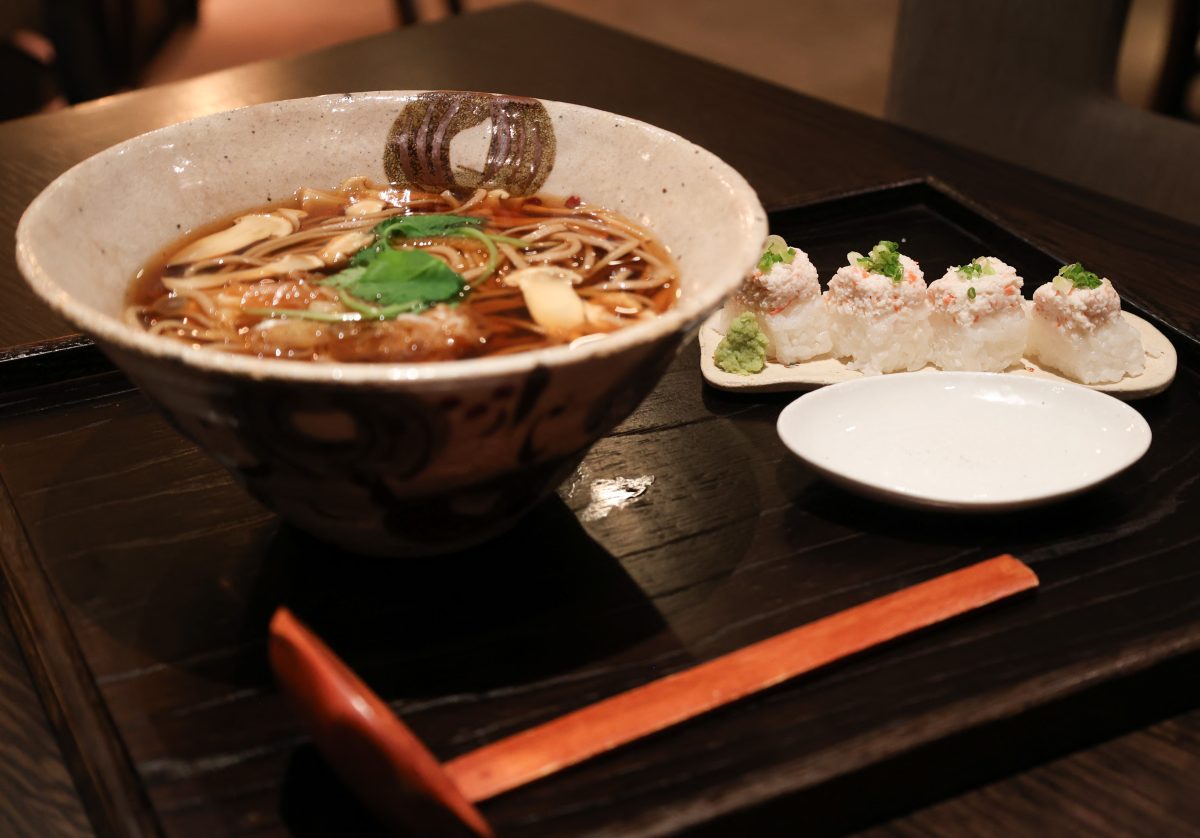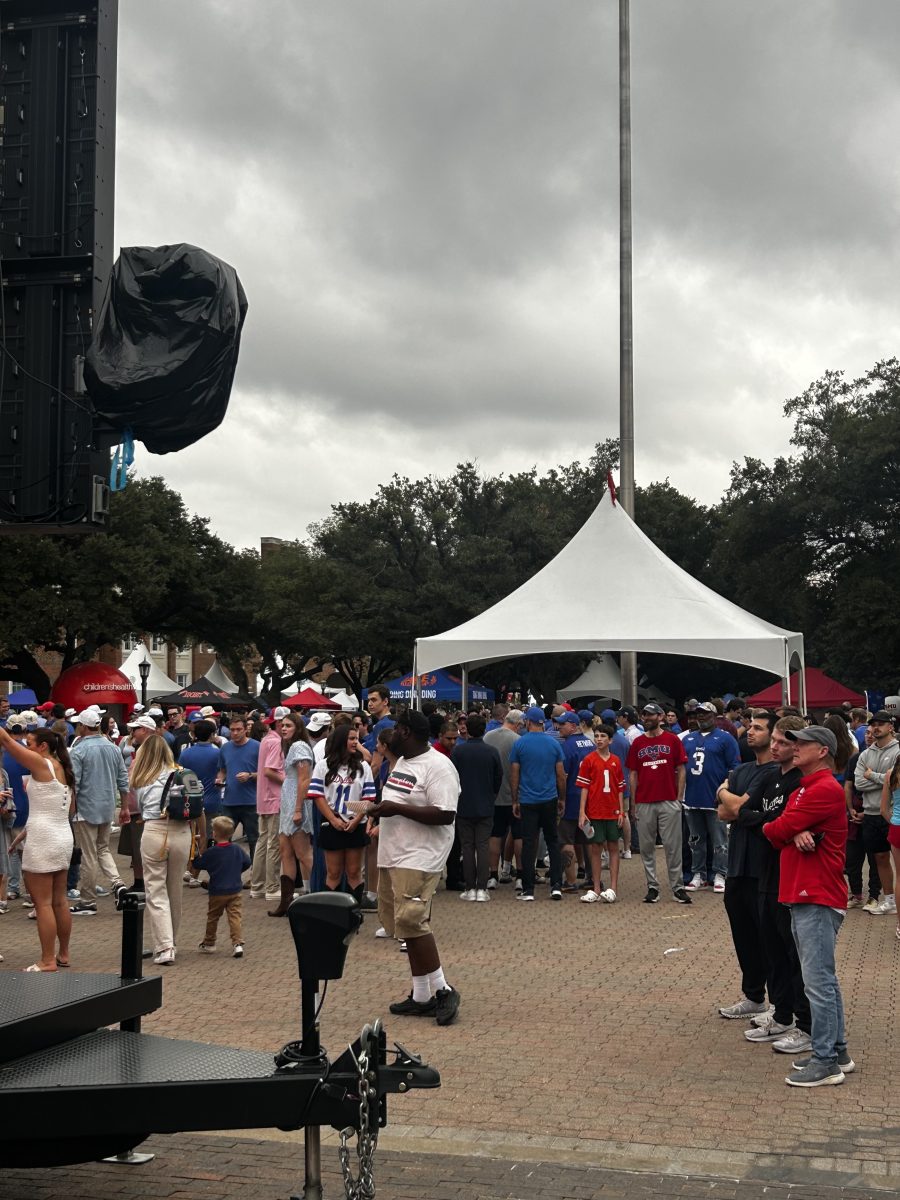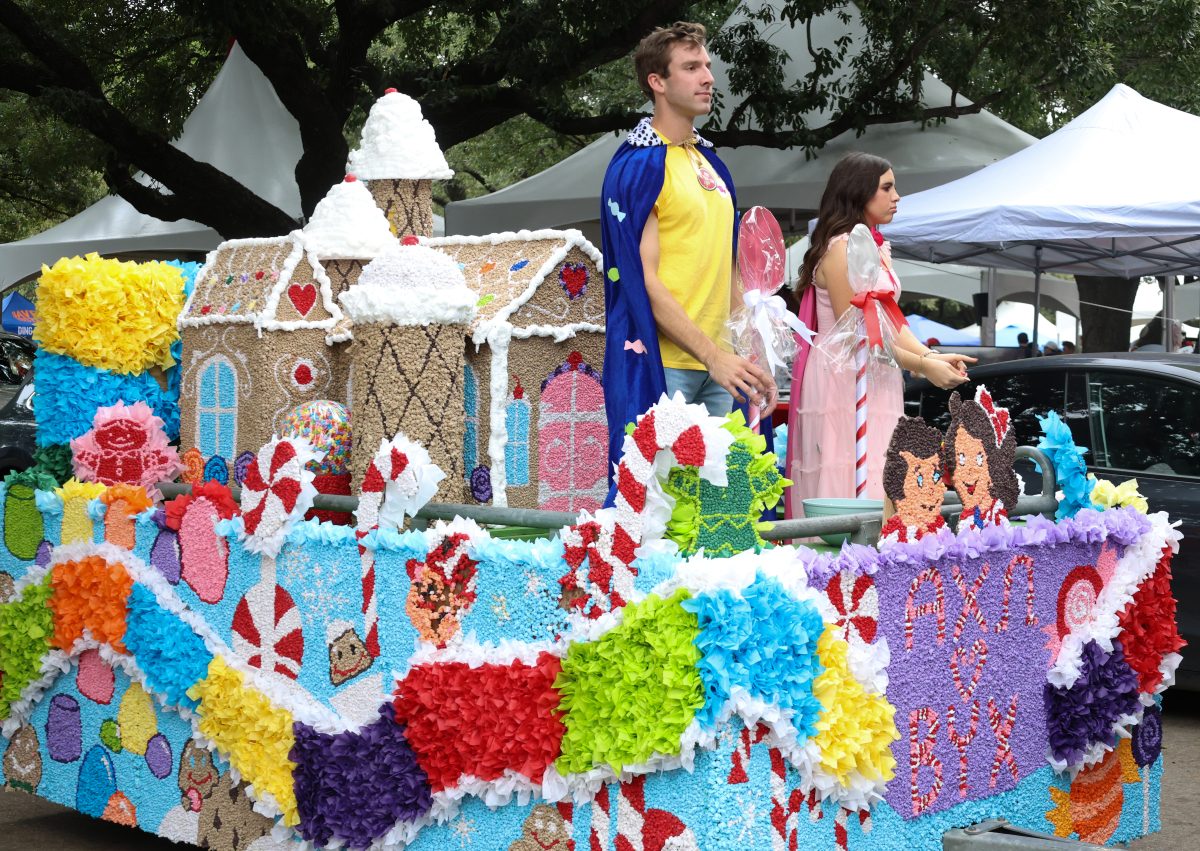By Madeleine Kalb
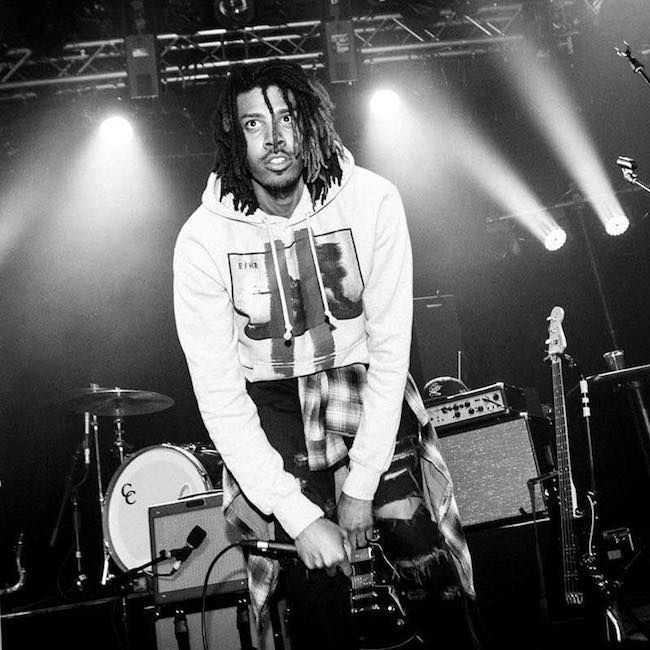
The first time I saw Dallas hip-hop artist, Blue the Misfit, his hair was dreaded with bleached ends and was tied back in a bandana from the anime series Afro-Samurai, his favorite anime character.
The 29-year-old experimental producer/rapper was opening for “Divorce Pop” rock band Son of Stan at Lola’s in Fort Worth, TX. Needless to say, the artist successfully defied the limitations of the hip-hop genre that evening in both music and style.
Today at his studio in Deep Ellum, Blue is unrecognizable with a buzz cut and casually dressed in a black Metallica inspired Yeezus t-shirt paired with black cut-off jorts. His arm is saran wrapped from tattoo work done the day before, this piece he describes will cover his chest and half sleeves on both arms and is influenced by Japanese art.
“The way I go about living my life depicts the clothes I wear. I don’t want to look at a trend or look at the way someone else wore it, if I’m going to wear it I’m just going to,” Blue said.
Blue’s music and style are constantly evolving in what he describes as simply a lifestyle with little thought behind it. If it feels good, he does it. Most artists often discuss reinventing themselves in both music and style but fail to really produce anything innovative. Blue effortlessly evolves and credits his icons, Yeezus and producer Timbaland, for pushing the music industry out of the box to be more accepting of experimental production.
Blue the Misfit, aka Brandon Blue, is redefining how we accept music by integrating genre labels and standards here in Dallas, TX. Going to a Blue the Misfit show, you can expect to find a bill stacked with punk, rock, electronic, and stoner rock bands.
A Blue show is anything but your average hip-hop concert and his audience is, as he describes, a melting pot of people from all different genres of music.
“If you like jazz, hip-hop, electronic music- fuse that shit, and make something out of your influences and that’s what I’m doing,” Blue said on his upcoming album that is set to release before SXSW 2016, “whether you love hip-hop or rock, this album has something for you. It takes genres out of their lanes.”
Blue believes the future of music will be less genre defined in a unified culture of simple music lovers.
“Topic and I were collaborating on a beat the other day and he said ‘aw he’s about to blue it up,’ which is cool because that means I have an identity,” Blue said on his sound as a producer.
Blue released Child of the Wild in May 2014 and found himself lost and unsure of what to produce next. He said he could have easily produced Child of the Wild II but knew in order to leave his legacy he had to do something game changing on his next album, which has now touched more then 12 hands including local players Sam Lao, So-so Topic, Sarah Jaffee, and Jordan Richardson.
“It’s like if Nirvana made rap music. I don’t know what to expect but I’ve brought in a lot of people to listen to it and everyone has said they have never heard anything like it,” Blue said.
Blue expects music lovers to love it, but fears that the casual person will struggle to understand it. The album stemmed from a brief sample of a Saul William’s set Blue caught at Club Dada in Deep Ellum. Blue said he heard that one beat and immediately left the show to start creating.
“I want to put on a theatrical-esque Kanye show. I want it to be an experience and not just a show, I want you to be like woah that just happened,” Blue said on his anticipated early 2016 album release party.
Blue began his career as a producer during his senior year of high school when he was gifted the beat making program, Fruity Loops, which he continues to develop on and create with today, 11 years later. Blue met and produced Dorrough’s first two albums “Get Like Me” and “Get Like Me Vol II” when they were both attending Prairie View A&M.
“Even back then, I had a lot of respect for being different. I went to an all black college and nobody really wanted to rap on my beats because they were so weird,” Blue said.
After growing tired of the beat-making/selling game, Blue realized he could produce and write for himself however, he always identified as Blue the Misfit.
“The Misfit has always clung to me for a very long time…just that feeling of being misunderstood and always wanting to push the genre,” Blue said on how he became the Misfit, “Just the way I dress, act, the things that I’m into are not typical things of a young black person and I used to get laughed at for my interests but I just clung to it.”
Blue truly marches to the beat of his own drum and has a uniquely independent voice as an emerging artist with his inspirations being drawn from broader contexts including Japanese-anime. He is a producer that is redefining how we listen to and associate music and if you haven’t already yet, start watching him change the game here in Dallas.
Blue the Misfit can be reached through his management team at High Standardz, a newly formed Dallas record label that has been founded to create a home base for himself, Sam Lao, X, ADD, and Bobby Sessions as the Dallas scene makes more noise and moves to the next level.




